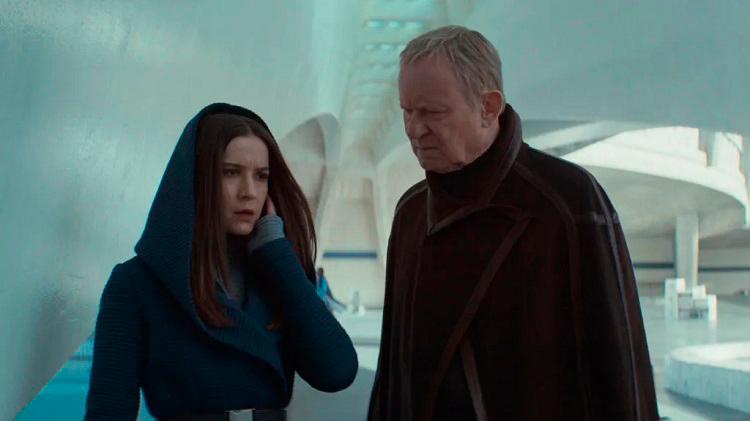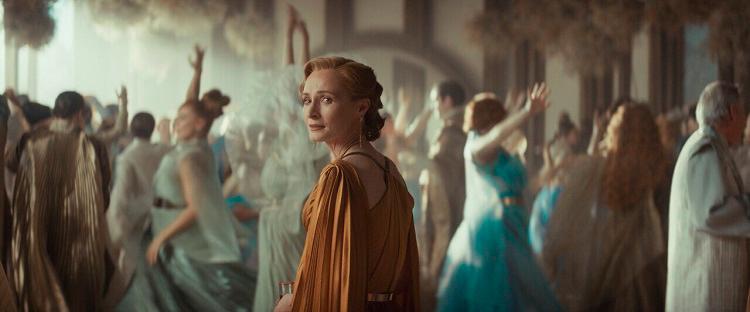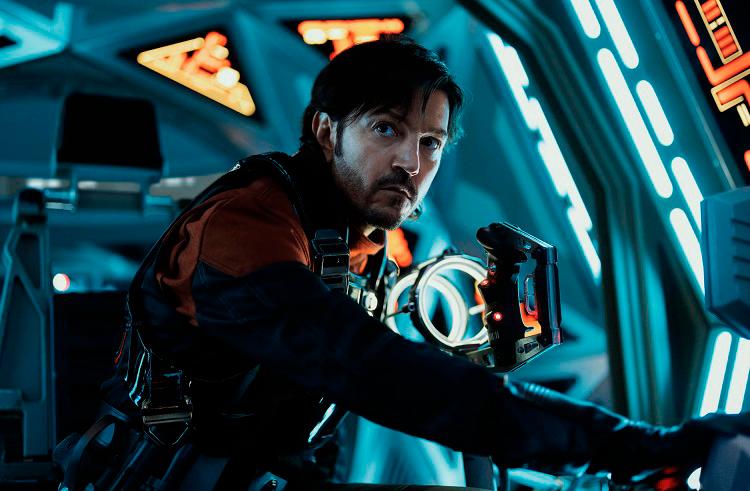For a spinoff of a film that itself was a spinoff from a franchise built on the spectacle of lightsabers and the supernatural powers of the Force, it is pleasantly surprising that the second season of Tony Gilroy’s Andor once again sidesteps the toy and merchandise-selling facet of Star Wars to tell an actual story. In doing so, Andor proves for the second time why it is currently the best offering on television and the franchise as a whole.
Picking up a year after the events in the first season, the thief-turned-spy Cassian Andor (Diego Luna) continues hurtling through the galaxy, from one mission to the next, as his handler Luthen Rael (Stellan Skarsgard) continues to scheme of ways to disrupt the operations of the Galactic Empire and unite all the different factions of rebels into a single alliance.
At the same time, the Empire’s director of advanced weapons research Orson Krennic (Ben Mendelsohn) sets his eyes on the planet Ghorman for its rare minerals, a critical element the Empire requires for its “sustainable energy programme”.
Rather than directly invade the planet, Krennic puts Imperial Security Bureau (ISB) supervisor Dedra Meero (Denise Gough) in charge of manufacturing a complex scheme that eventually leads to a planet-wide genocide.

Leaning into the political thriller and espionage framework that he laid in Andor’s first season, showrunner Gilroy’s second journey into this side of Star Wars is far more intense. Whether intentional or otherwise, Andor’s deeply layered, intricately weaved story bears strong similarities to current-day events.
Gilroy leverages the smaller moving components – some almost never mentioned or talked about in prior Star Wars media –
to work the bigger machinations of the plot, such as the ISB and Dedra’s use of the media to spread propaganda and maintain control of the “Empire good, rebel bad” narrative, and the Empire’s – or Krennic’s – plan to use false flag operations to take over Ghorman.
The show explores even weightier themes, such as the differing views Cassian, Luthen, Mon Mothma (Genevieve O’Reilly), Bail Organa (Benjamin Bratt) and others in the burgeoning rebel alliance have over the best way to fight the Empire, mirroring the discord within and among
real-world militias on strategy and tactics.

As Andor is the prequel to 2016’s Rogue One, which itself was a prequel to 1977’s Star Wars, even the most casual viewer would know how this story plays out, yet Gilroy does not allow this narrative awareness to hinder the particular journey his characters have to take.
He instead uses the series, particularly the second season, to focus on the characters whose actions or inaction led to the events that would become a part of pop culture history. Though he plays with the similar images, sets, costumes and props that are signature to Star Wars, the way they are used is remarkably different.
Free from the shackles of obsessing over the Skywalker family, flashy lightsabers or Force-powered nonsensical gymnastics, Gilroy successfully introduces new ways to tell a Star Wars story with both seasons of Andor and the franchise is all the better for it.
Andor’s second season is streaming on Disney+ Hotstar.









